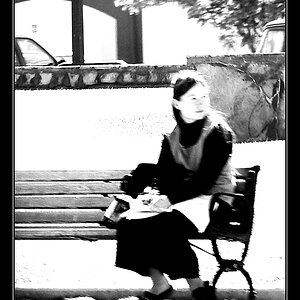Hello All
I am glad to join your community and i hope you can help me and i can help you in the future.
To start of i have a Nikon D5100 camera with the 18- 55 mm kit lens and i am looking to upgrade my lens.My main focus on photography is landscape and some times astrophotography .As the tittle says and i am looking for a lens to fit those needs and i am very overwhelmed and confused by the choice i seem to have.
Not to bored you all my current budget is 500-550€ and i am looking at Nikkon 24mm f2.8D and some other nikkon lends mainly dx format,should i like for a wide angle ??
What would you recommend at this price point and need.I know i can get good condition lens used
but i prefer new ones.
Thanks a lot
I am glad to join your community and i hope you can help me and i can help you in the future.
To start of i have a Nikon D5100 camera with the 18- 55 mm kit lens and i am looking to upgrade my lens.My main focus on photography is landscape and some times astrophotography .As the tittle says and i am looking for a lens to fit those needs and i am very overwhelmed and confused by the choice i seem to have.
Not to bored you all my current budget is 500-550€ and i am looking at Nikkon 24mm f2.8D and some other nikkon lends mainly dx format,should i like for a wide angle ??
What would you recommend at this price point and need.I know i can get good condition lens used
but i prefer new ones.
Thanks a lot


![[No title]](/data/xfmg/thumbnail/40/40311-715dda8167abb793178d6abf7e8136fe.jpg?1619739414)
![[No title]](/data/xfmg/thumbnail/40/40307-b3813381d3c1ef8282c72905405b50fe.jpg?1619739413)
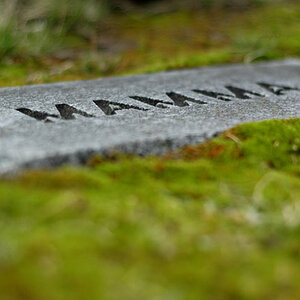
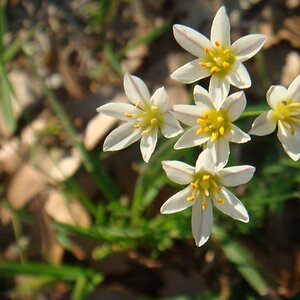
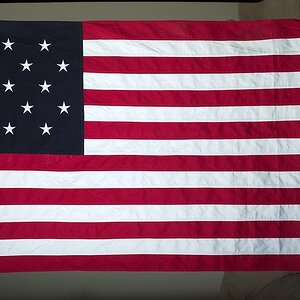
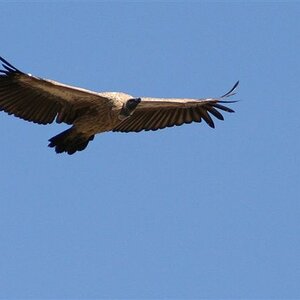
![[No title]](/data/xfmg/thumbnail/40/40310-01bec1b9b7918522bf21a09cf75c5266.jpg?1619739414)
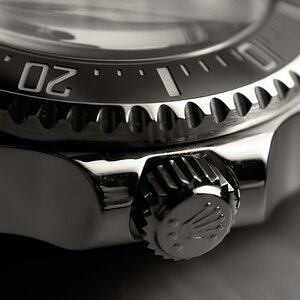
![[No title]](/data/xfmg/thumbnail/35/35262-02f8eba4a2a92dbae0b55547bba80b4f.jpg?1619736968)

